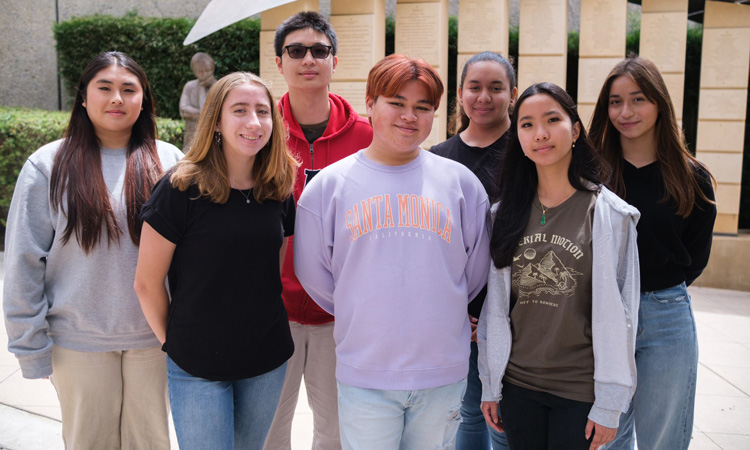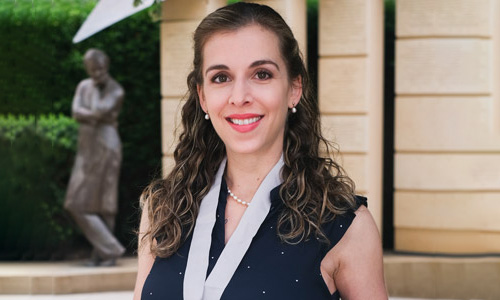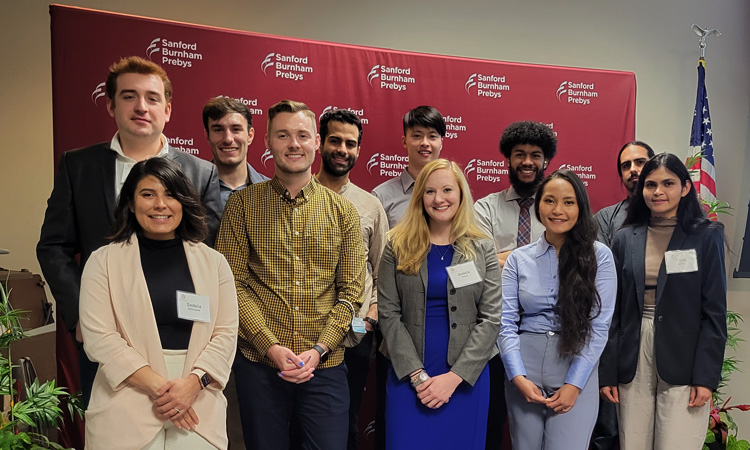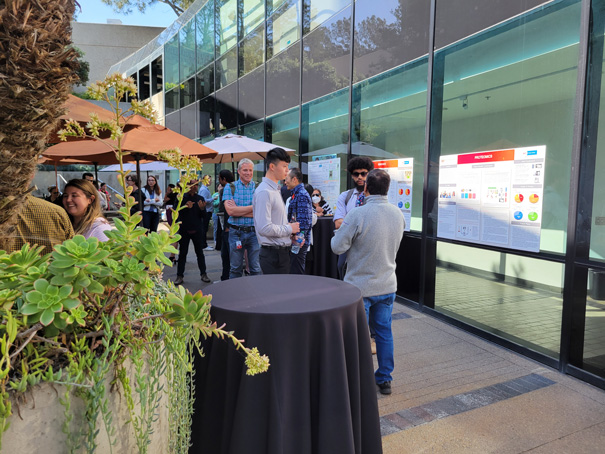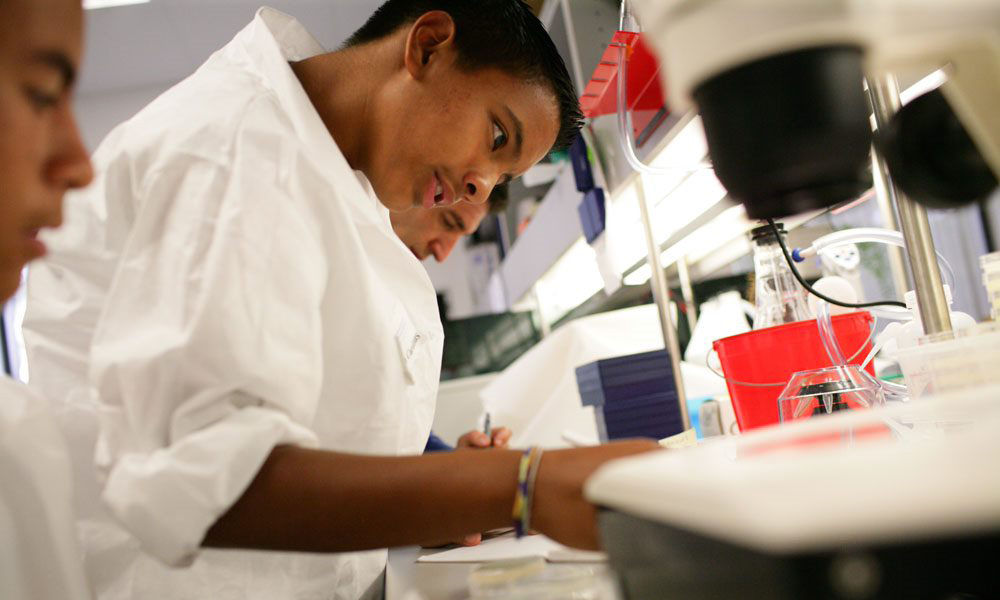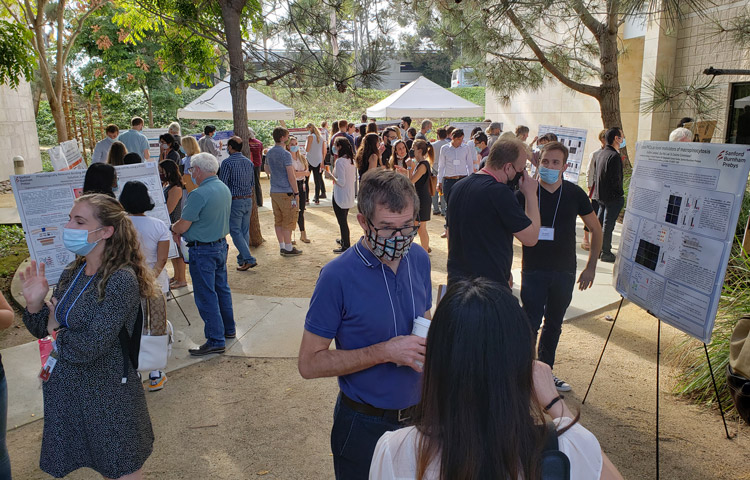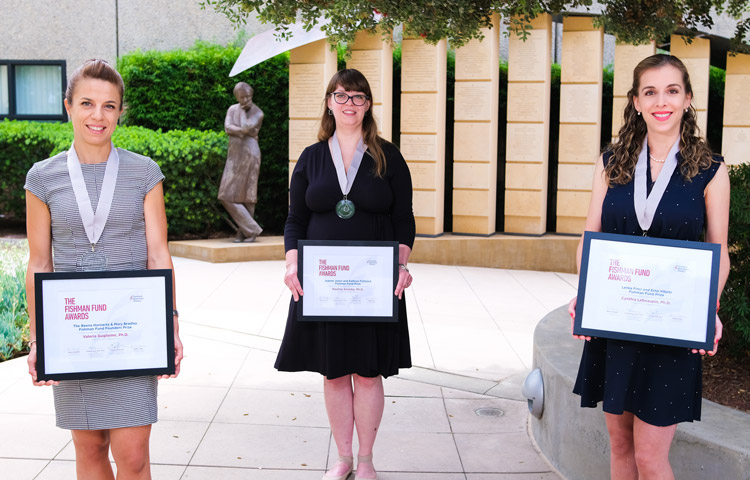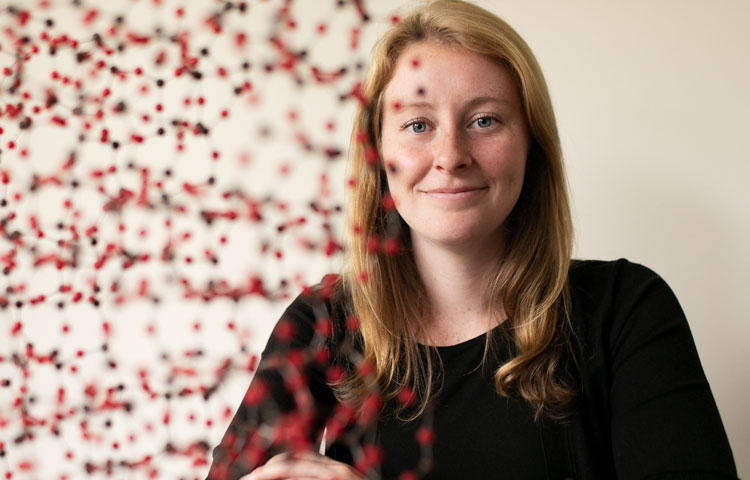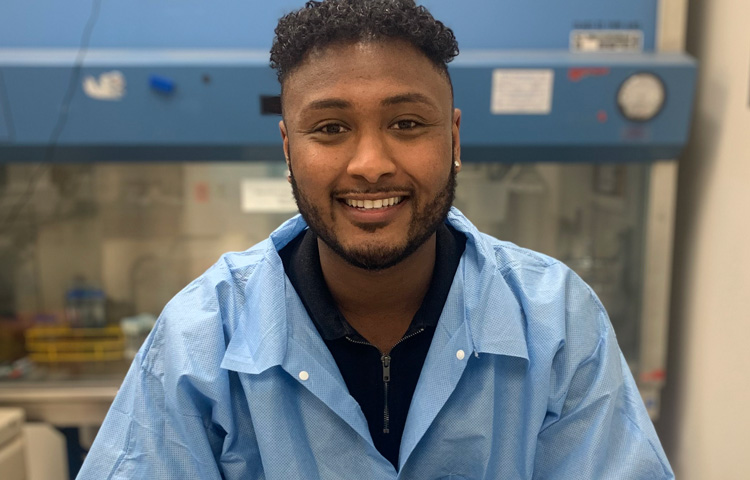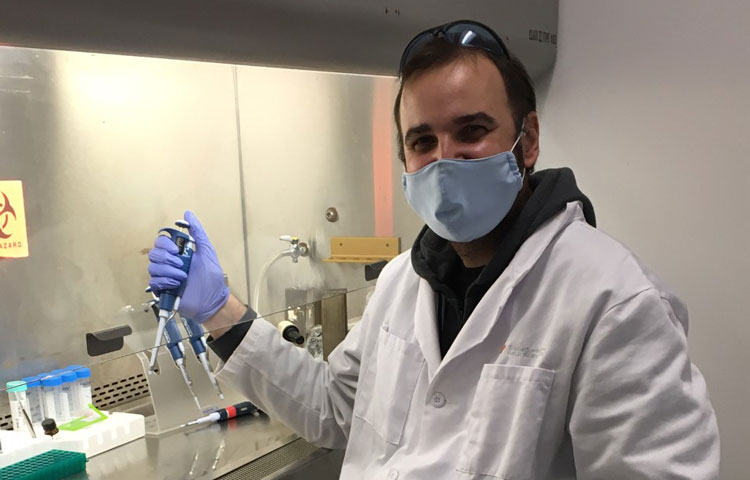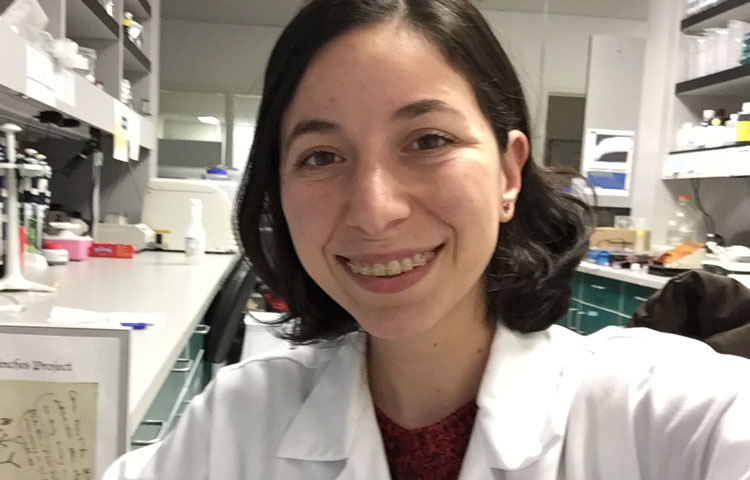Future first-generation college students gained valuable research experience and learned what it’s like to be a scientist.
Each year, rising high school juniors from the Preuss School come to Sanford Burnham Prebys to try their hands at biomedical research in an intensive three-week internship program. This year, students performed a two-week laboratory course followed by a rotation in six labs at the Institute’s NCI-designated Cancer Center, where they learned about state-of-the-art techniques used in cancer research.
“This experience has been great,” says Preuss intern Brian Pham. “I love that we get to learn from people who are actually doing science instead of just hearing about it in a classroom.”
Students from the Preuss School, affiliated with UC San Diego, strive to become the first in their families to graduate from college. The Sanford Burnham Prebys Preuss internship program helps train the next generation of scientists by inviting students from the Preuss school to work alongside Institute scientists.
“I got to hear from other first-generation scientists,” says Preuss intern Vickey Martinez. “They didn’t know anything about science or college or anything when they were younger, and that’s kind of my story. It’s nice to know that there are people with similar backgrounds.”
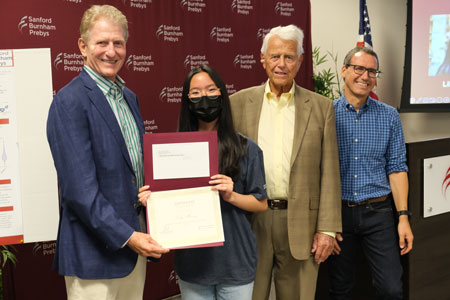
Preuss intern Lilly Hoang receives a certificate of completion. (l-r) Wainwright Fishburn, Lilly Hoang, Malin Burnham and Max D’Angelo, PhD
The students also got to get their hands “wet” by doing real experiments alongside Senior Scientist Marcela Raices, PhD, and graduate student Stephen Sakuma, both researchers in the lab of Maximiliano D’Angelo, PhD.
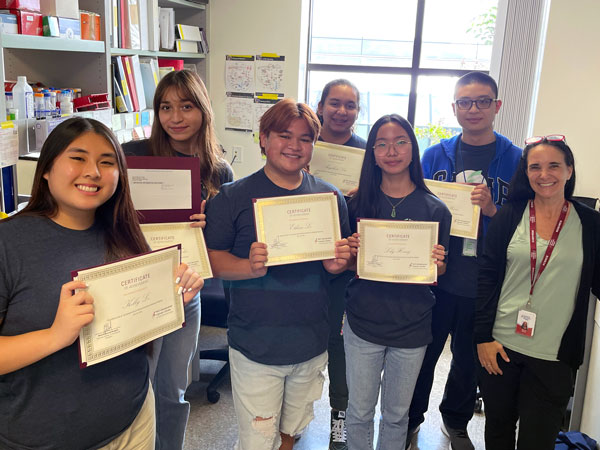
Preuss students with the Laboratory Course Director Marcela Raices, PhD
“We want to teach the students practical skills that will come up in their research careers so they can get a taste of what scientists actually do day-to-day, and have the satisfaction of getting results,” says Raices. “We also wanted to make it clear that anybody can be a scientist—it’s just about putting in the work and learning the skills.”
Topics for the lab workshops included separating proteins with gel electrophoresis and performing Western blot tests with fluorescent proteins. Understanding the proteins involved in the development and growth of cancer is an important approach to finding new treatments.
“The students have been so enthusiastic, and we hope that carries over into their future careers,” says Sakuma.
The internship program culminated in a celebratory luncheon with students, researchers and Institute staff, where students had the opportunity to share the results of their experiments and what they’ve learned from their experience.
“This internship was eye-opening for me,” says Preuss intern Angelina Solis. “As a first-generation student, it’s really hard to imagine yourself in different careers because you don’t even know what’s possible. It’s like an unexplored area of life.”
The 2022 Preuss High School summer internship program was carried out by Sanford Burnham Prebys’ NCI-designated Cancer Center under the direction of Maximiliano D’Angelo, PhD, associate professor and associate director of Education and Training.
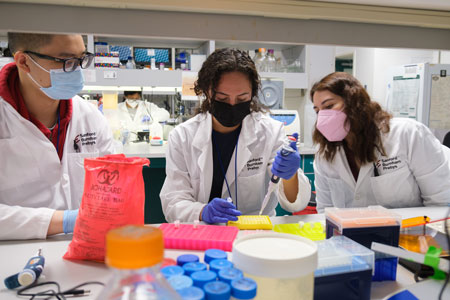
Preuss interns Bryan Pham and Vivana Espino work with Marlenne Perales, a research assistant in th lab of Ani Deshpande, PhD
